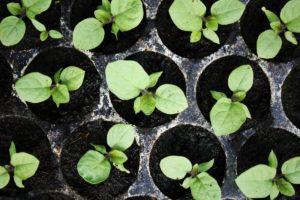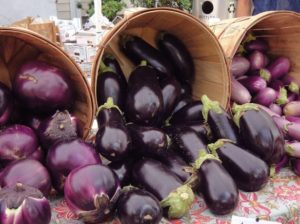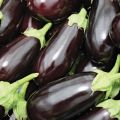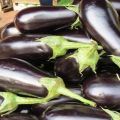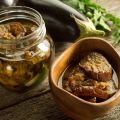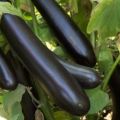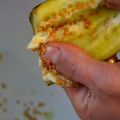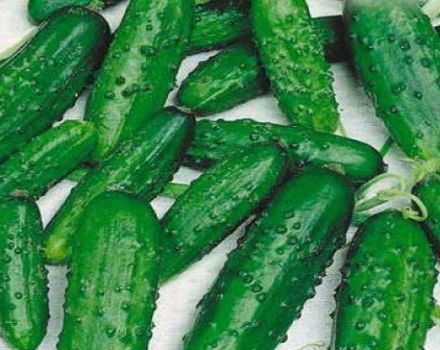Description of the Epic eggplant variety, features of cultivation and care
Gardeners, summer residents and farmers have recently got acquainted with the Dutch hybrid eggplant Epic F1. It took a little time for the vegetable culture to establish itself in its best way. The new hybrid is distinguished by its fruit size and high yield. Due to its short growing season, the plant can be grown both in southern regions and in places with cold climates.
Description and characteristics of eggplant Epic F1
The vegetable is grown by gardeners for personal use. They are also interested in amateur vegetable growers. They cultivate the plant to market the crop. It is not necessary to buy fruits, especially if a person wants to grow eggplants on their own.
Bushes
An adult culture has an erect stem. It can reach a height of 1 m, usually the indicators do not go beyond 65-90 cm. The eggplant bush has an average leafiness. The green leaves are red or purple. Medium in size.
Fruit
Ripe eggplants have excellent taste and high commercial characteristics:
- average weight - 200-300 g;
- fruit length - 7-11 cm, diameter - 20-23 cm;
- shape - cone-like, oval;
- color - classic purple with glossy skin;
- there may be thorns on the eggplant cup;
- the flesh is milky with few seeds.
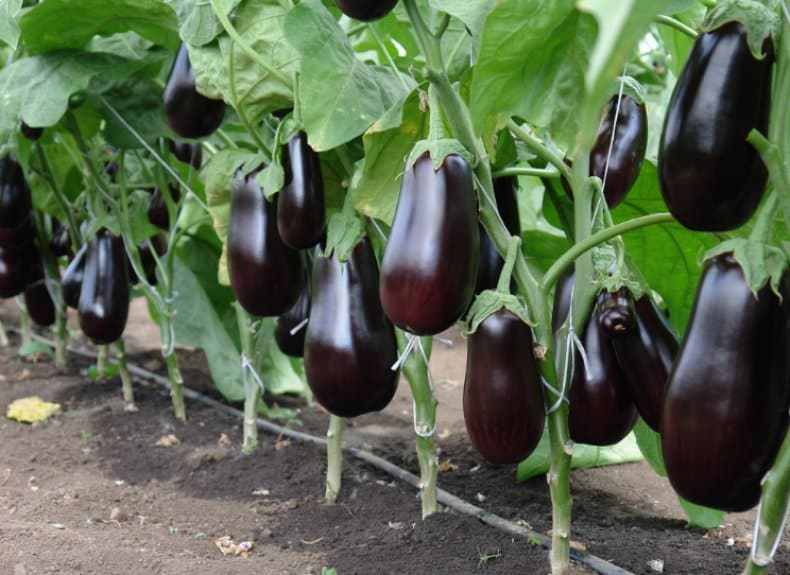
The harvested fruits are suitable for fresh consumption and are successfully used for conservation and processing. From 1 sq. m per season, 6 kg of eggplants are harvested, subject to agricultural technology. Fruiting of the culture is long.
The last eggplants that ripen on the bush are densely skinned and smaller in size.
Advantages and disadvantages
Most of the ordinary gardeners and cultivation professionals speak positively of the Dutch hybrid variety.
Benefits of eggplant:
- Resistant to sharp fluctuations in ambient temperature.
- Good protective properties of the immune system.
- A large number of fruits harvested from one bush.
- Classic taste.
- Due to the high content of vitamins and other nutrients, it is used in dietary nutrition.
- Unpretentious in cultivation and care.
- Excellent culinary characteristics, eggplant lends itself without problems to any processing, including heat.

Despite its many advantages, culture also has disadvantages. Most often, there are:
- Eggplant from a Dutch agricultural firm is intended (in most cases) for growing in conditions with a warm climate.
- In colder regions, it does not tolerate low temperatures.
- Getting a crop of agricultural plants is complicated by the need to grow seedlings.

The heavy weight of the fruit can damage the stems. To do this, it is recommended to tie up the bushes, which also takes time. Agronomists also include eggplant storage as a disadvantage. Unfortunately, it retains its freshness for a short period of time.
Growing features
There are no special techniques for growing a Dutch hybrid. Agrotechnology is a standard procedure that includes obtaining seedlings, planting in a permanent place, watering and removing weeds. The Epic hybrid must be grown in order to obtain seedlings. The yield of eggplant depends on the place of growth, conditions and care.

Landing dates
The planting period begins in early February and lasts until the middle of the month. Throughout the rest of winter and part of spring, the plant is formed for flowering and fruiting. Dates can vary by several weeks depending on the climate of the region.
If this is a film greenhouse, the seeds are sown in the soil (always warm and moist), and at the end of May, young eggplant sprouts are transplanted into open ground.
Seed preparation
The planting material needs to be disinfected. This procedure will avoid the defeat of fungal diseases. You will need a 2% solution of potassium permanganate, 2 g is diluted in 100 ml of water. Eggplant seeds are immersed in liquid and left for 20 minutes. After the procedure, they should be washed in cold boiled water and dried on a sheet of paper.

Hydrogen peroxide is also suitable for disinfection. After mixing 3 ml of the substance and 100 ml of water, the liquid is heated to 40 ° C. As a rule, the manufacturer supplies prepared products to the market that do not need this procedure.
Growing seedlings
The seeds are placed in containers with damp earth. The seeds should not be in the soil deeper than 1-1.5 cm. Boxes or containers with crops are covered with foil, and the temperature in the room is increased to speed up the germination process. From above, the eggplant crops are moistened with warm melt water.

When sprouts appear, they are not too carried away by spraying, since the plant can get sick from excessive moisture and eventually die. For watering eggplants, both rainwater and settled water from the tap are used. Seedlings need feeding, which is carried out 10 days after germination. It should have a high phosphorus content. Fertilizer is applied every 2 weeks to speed up the growing season of the eggplant.
Choosing a landing site
The largest seedlings are planted in open ground or a greenhouse. As a rule, their height reaches 20 cm, and each bush has at least 5 leaves. At this time, the weather conditions will stabilize, and the threat of frost will pass. The eggplant bed should be 70 cm to 1 m wide. Planting is carried out in a checkerboard pattern, 1 sq. m there are 4-5 bushes.
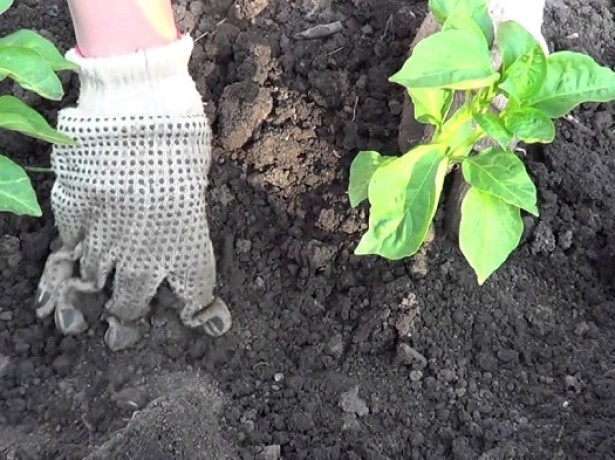
Plant care rules
Crop care is the same as for any vegetable - everything is quite simple. The gardener is required to observe the irrigation regime and, if necessary, apply fertilizers. Periodically inspect eggplant bushes for pests. Timely processing will help preserve most of the crop.
Watering and soil care
The saturation of the soil with moisture on which eggplants grow is one of the most important processes in growing a crop. There are two rules here - regularity and moderation. Fungus can appear from excess moisture. Too dry soil also has a detrimental effect on the plant, as it ceases to bear fruit.
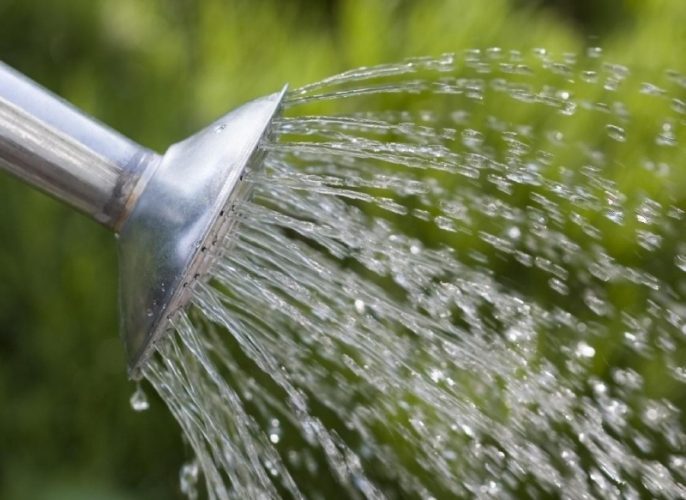
The land plot also needs additional maintenance. In order for the culture to grow better and fully develop, it is necessary to remove weeds in a timely manner.A crust may form on the surface of the ground during watering. For this, the soil is loosened.
Top dressing
As soon as the bushes get stronger, fertilizers can be applied after transplanting. Compost, rotted manure, mineral additives or ash are suitable as top dressing. Fertilizers are diluted with water, watering the land around Epic. The procedure is repeated for each eggplant bush.
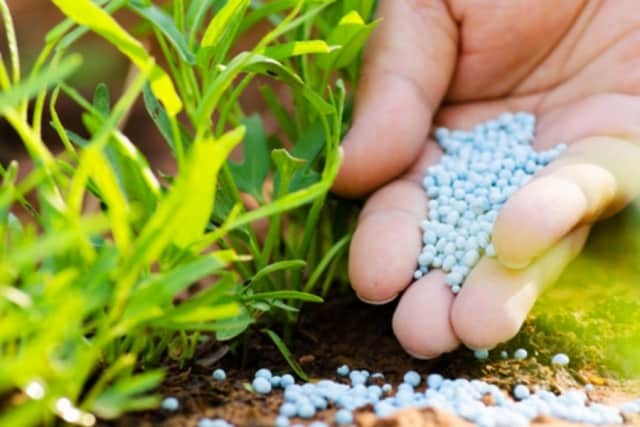
The second feeding is done after the flowers appear. An indication for re-fertilization is the appearance of the eggplant. New leaves appear on the stems, the bushes themselves become lush and beautiful. Fertilizers should be applied after weeding the row spacings. The third and last feeding is done after the ovary has formed.
Diseases and pests
Epic hybrid eggplant is rarely affected by disease. The most dangerous for him are: black leg, late blight and gray rot. To avoid the development of diseases, before planting a plant and collecting fruits, the land is treated with copper sulfate.
Experienced farmers recommend adhering to the rules of agricultural technology and observing crop rotation. This is a kind of prevention that will help to avoid the development of diseases.
Among the pests that love eggplant are the Colorado potato beetle, spider mite and slug. In the first and last case, you can do without any processing drugs, since the parasites are collected by hand and destroyed. If there are a lot of slugs, sprinkle the soil with tobacco dust, lime and ash. To prevent spider mites from infecting plants, they are treated with special preparations. As a rule, they decompose quickly and do not harm human health.
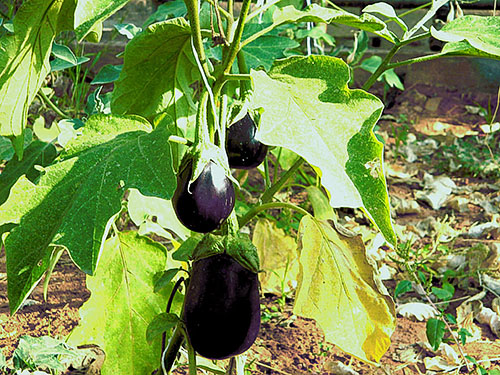
The Colorado potato beetle does not like the smell of basil and marigolds. Therefore, in order for him to become a rare guest on the eggplant garden, these plants are planted nearby.
Harvesting and storage
Ripe eggplants can be harvested 25-30 days after flowering. The first harvest is in August. Epic fruits are harvested from the garden every 3 days, since the maturation of the Dutch hybrid occurs gradually. Breaking off the stalk often causes damage to the stems, which affects the quality of future eggplant fruits. Therefore, in order not to injure the culture once again, they use a pruner.
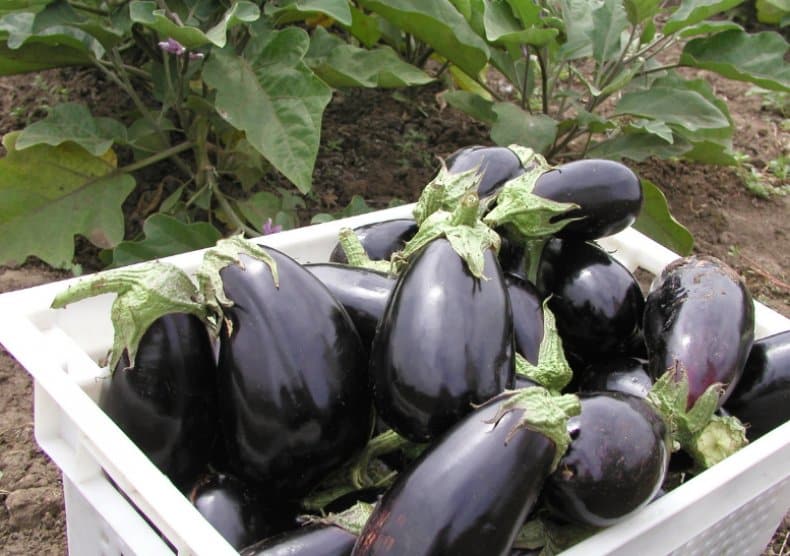
Fresh fruit storage is short - only 3 weeks. If you adhere to a number of the following rules, you can increase the period to 3 months:
- there should not be a drop of moisture on ripe fruits;
- spread vegetables in one layer;
- store in a cool and dark place;
- Throw away the spoiled ones every 3 weeks.
If a small amount of rather elastic fruit remains, store them in different conditions. Each eggplant is wrapped with paper so that they touch each other. Newspapers or a sheet of A4 paper are also taken as a wrapper. Vegetables are laid out in boxes with straw in one layer, and covered with burlap on top. This method will keep the fruits fresh until the onset of the winter cold.
The F1 eggplant from Dutch breeders is chosen by novice and professional gardeners. To obtain early fruits of a beautiful purple color, simple but thorough and careful care is necessary.
